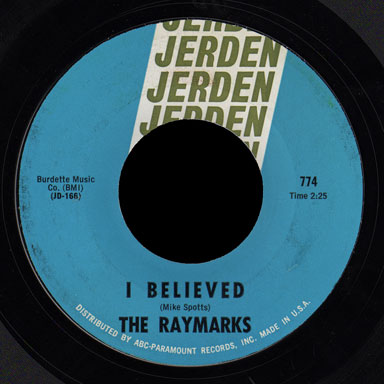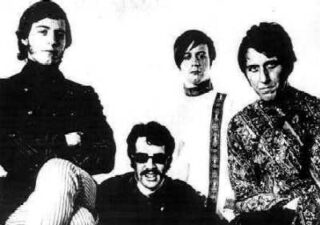
Very little is known about Seattle rock group Calliope so Garage Hangover would welcome any additional information in the comments section below
Lead guitarist, singer and writer Paul Goldsmith formed the group after his previous band The Emergency Exit disbanded in late 1967. He also recruited Clyde James Heaton (b. 13 July 1949, Seattle; d. 2 November 2005) and drummer Paul Simpson.
Heaton had previously been a member of The Dimensions while Simpson had worked with The Bumps.
According to singer/guitarist and writer Danny O’Keefe (b. 20 May 1943, Spokane, Washington), he was the last to join (see our interview below).
O’Keefe had worked as a solo artist for several years and, like his colleagues, issued some previous recordings.
The band signed to Buddah Records around June 1968 and recorded a lone eclectic LP in Los Angeles, which was issued around November/December that year. They also opened for Cream and Iron Butterfly at the Eagles Auditorium in Seattle.
O’Keefe dropped out soon after the LP’s release to establish a prolific solo career and bass player Luther Rabb (b. 7 September 1942; d. 21 January 2006), who’d worked with Goldsmith in The Nitesounds and The Emergency Exit joined. Rabb, incidentally, had been a sax player in Jimi Hendrix’s early group, The Velvetones.
When the band fell apart in 1969, Goldsmith subsequently played with Soldier and wrote “Southern Celebration”, which was recorded by Genya Ravan.
Heaton apparently played with The Sunday Funnies while Simpson worked with Christopher. The drummer tragically died in a plane crash in 1973.
Rabb meanwhile recorded with Ballin’ Jack and West Coast Revival. He also later worked with War and Santana.
Garage Hangover would welcome any more information plus photos, which we will credit.
Nick Warburton interviewed Danny O’Keefe by email on 31 May 2024 about his time with the group.
Prior to the formation of Calliope in 1968, you’d been working as a solo artist and had recorded quite prolifically – a 1966 LP on the Panorama label and a clutch of singles for Piccadilly. Your songs had also been covered by other artists, such as “Blackstone Ferry”, which The Daily Flash recorded. Most, if not all, of these recordings subsequently appeared on The Seattle Tapes LP and tracks like “Baby” and “Graveyard Pistol” sound like they were recorded with a band. Did any of the other soon-to-be members of Calliope appear on any of these recordings?
Danny O’Keefe: No. Calliope was a band that Paul Goldsmith put together with Clyde Heaton and John Simpson. They needed a singer and I needed a gig. I hadn’t known them before I joined the band.
The LP that you did for Buddah Records only lists the four of you, but I understand that bass player Luther Rabb, who’d worked with Paul Goldsmith in his previous bands, was also involved with the group?
Danny O’Keefe: Luther Rabb joined after I left the group, and wasn’t involved in the Buddha recording.
I have read somewhere that Calliope was very well received on the local Seattle live scene. Did you play extensively in Seattle and the Washington state before landing the record deal with Buddah Records and were there any shows that stand out, perhaps opening for better known bands?
Danny O’Keefe: I think we opened for Iron Butterfly and I notably threw out a lid’s worth of joints to the audience before we started. We also opened for Cream on one of their last shows. Both shows were at the Eagles Auditorium. I think we were only together for a few months before we got the Buddha deal.
How did the deal with Buddah Records come about? It looks like the LP came out around November 1968, so I guess the recording sessions took place that summer?
Danny O’Keefe: Denny Rosencrans was a local record promoter who took an interest in the group, largely because he was Paul Goldsmith’s friend. He contacted Neil Bogart at Buddah who came out to see a performance at the Seattle Center, I believe.
What can you recall of the recording sessions? Buddah is a New York label, but I presume they didn’t fly you to the Big Apple to record? Also, it’s a very eclectic album that showcases a huge breadth of styles. Did the final product reflect what you all envisaged for it from the outset?
Danny O’Keefe: The recording sessions were produced by Lew Merenstein for Buddah. I don’t remember the name of the studio but it was a well-known studio in LA that Jimi Hendrix had recorded in. I don’t remember much about the sessions, of which there were three, I think. I had throat problems during the sessions and have always felt my vocals could have been much better. I didn’t like the recording when it came out, as it wasn’t really what I was interested in at the time, and I quit the band after I heard it. I went back to LA (from Seattle) to pursue a different route and eventually landed on Atlantic Records.
You were clearly a very prolific writer, even during this period, but only two of your original songs (and two from Paul) appear on the LP. How did you come to choose “The Rainmaker’s Daughter”, which had already been demoed and later surfaced on The Seattle Tapes, and “Atlas” and what were they about?
Danny O’Keefe: I liked “The Rainmaker’s Daughter”. It was only a demo on The Seattle Tapes, which were never intended for release except for a couple of singles. “Atlas” was a performance song and was the number we closed our sets with. “Atlas” was always assumed to have been about the Ayn Rand book. When those who uphold the world shrug their obligations the Earth becomes chaotic. “The Rainmaker’s Daughter” was from a short story by Hermann Hesse. Both early attempts to learn the craft of songwriting.
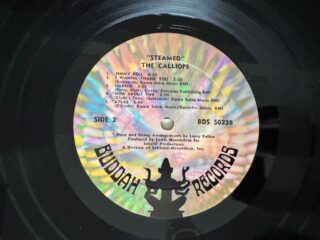
Did the band members have any say in the choice of covers, which, in themselves, are quite varied – everything from a raunchy version of “Hound Dog” to brilliant interpretations of Bob Dylan’s “Like a Rolling Stone” and Lee Michaels’ “Hello, Hello”, the latter released as a US and Dutch single?
Danny O’Keefe: The material was picked by Paul Goldsmith. Again, I was only the vocalist in the band, which was Paul’s.
From this writer’s perspective, the production on the LP is very punchy and the arrangements are dynamic; I particularly love the horns and strings on “Atlas”. What role did Lewis Merenstein have on the final recordings?
Danny O’Keefe: He took the tapes back to Chicago and put the strings on and mixed the recordings. I had virtually no say in any of the production and, as I said, I quit the band when I heard the final recording.
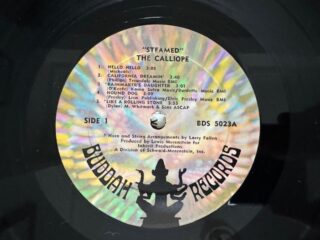
By 1968, you’d already written and recorded such classics as “3.10 Smokey Thursday”. Did you record any more of your songs that were never issued at the time or perform them live? I heard rumours that a second LP was cut but subsequently shelved. Is that true?
Danny O’Keefe: I didn’t record any more songs for Buddha and asked Neil Bogart for release from my contract. He was hopeful I would stick around for another record, but I had other interests. I wasn’t involved in any recordings except those on the “Steamed” recording.
The back cover also credits your road manager. Was there any significance in listing him?
Danny O’Keefe: His name was Scott Strong, and he was a member of the band in every sense, and also a good player.
The LP came out late 1968 and one 45 was issued. Did you do much promotion of the release in Seattle or play elsewhere in the US or did the band pretty much fall apart as soon as the LP came out?
Danny O’Keefe: I left the band when the recording came out. The band persisted in the Northwest for a while, but eventually the members went their own ways.
What prompted the band’s split in early 1969 and did you keep in touch with the other band members, who all appear to have kept a relatively low profile in the aftermath?
Danny O’Keefe: John Simpson went to Alaska and worked in his grandmother’s bank. He was with his twin brothers (if I remember correctly) in a small plane that crashed in the Alaska bush. He tried to go for help but never made it. I don’t believe his body was found, but it’s a long time ago and I’m not sure of all the facts. I lost touch with the other members of the band. I’ve tried to find out what happened to Paul Goldsmith but haven’t been successful. I don’t think he’s still alive.
Fans of your music will probably be surprised that you worked with a heavy rock band in the 1960s, but when you look back at Calliope, what are your best memories of that brief period in your career?
Danny O’Keefe: A couple of shows at the Eagles Auditorium where I got to do a couple of “art rock” pieces, and smoking a joint in the stairwell with Clapton when we opened for Cream in an afternoon show. Other than that, as I mentioned, it was just a gig and I left as soon as I had other prospects.
Copyright © Nick Warburton and Danny O’Keefe. All Rights Reserved. No part of this article may be reproduced or transmitted in any from or by any means, without prior permission from the author.

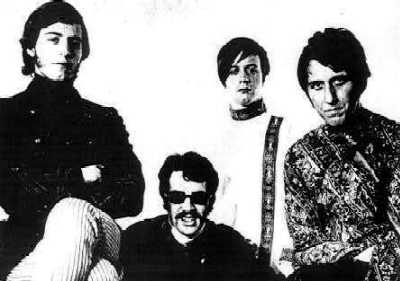
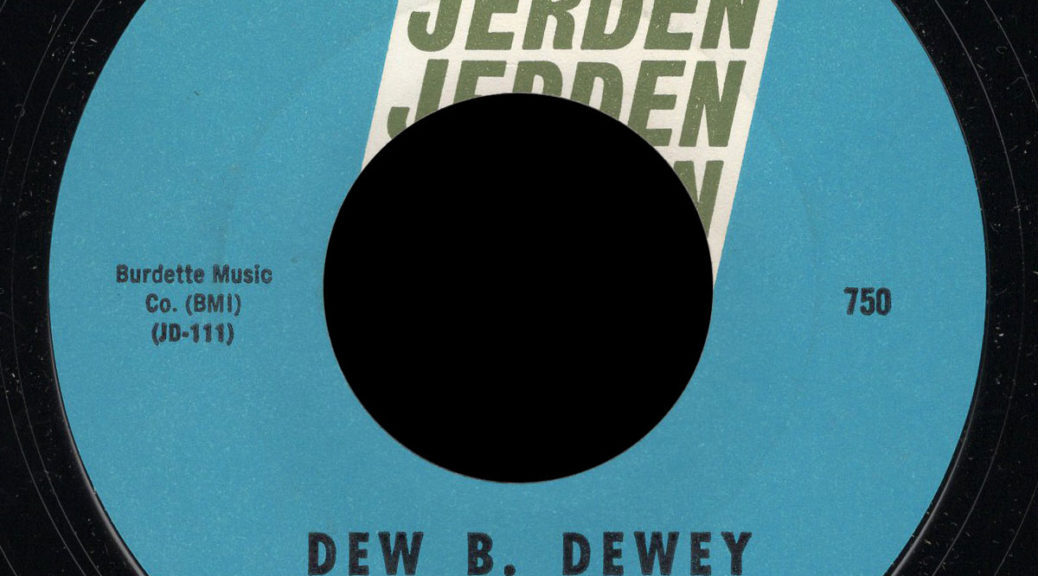
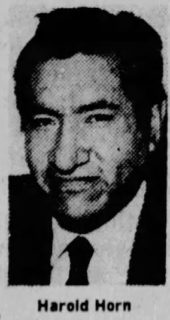

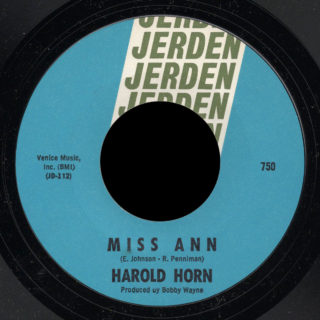
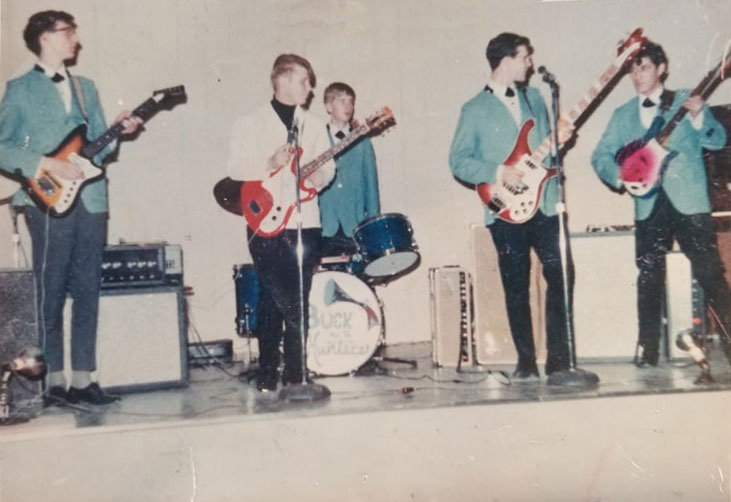
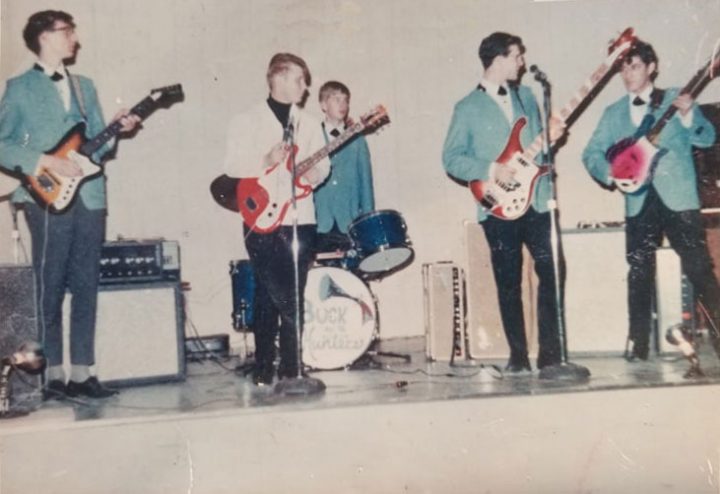
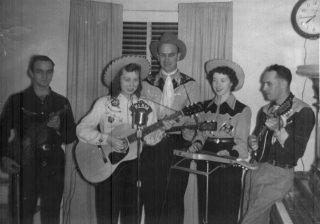
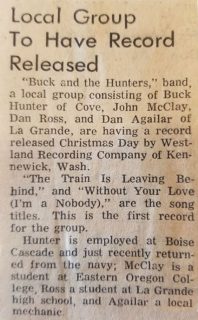
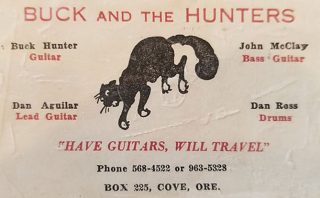
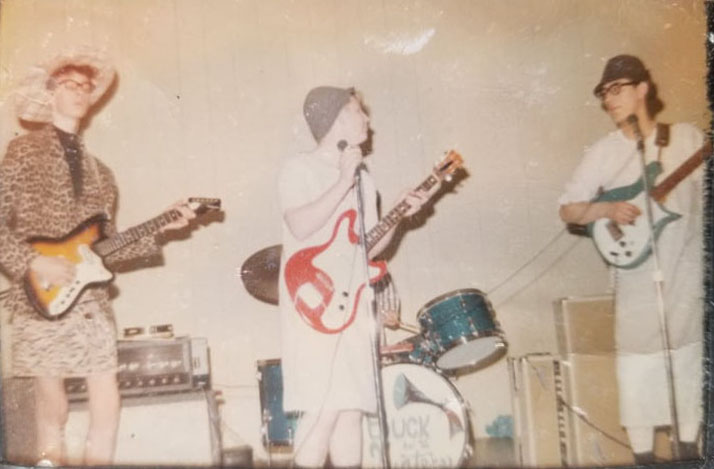
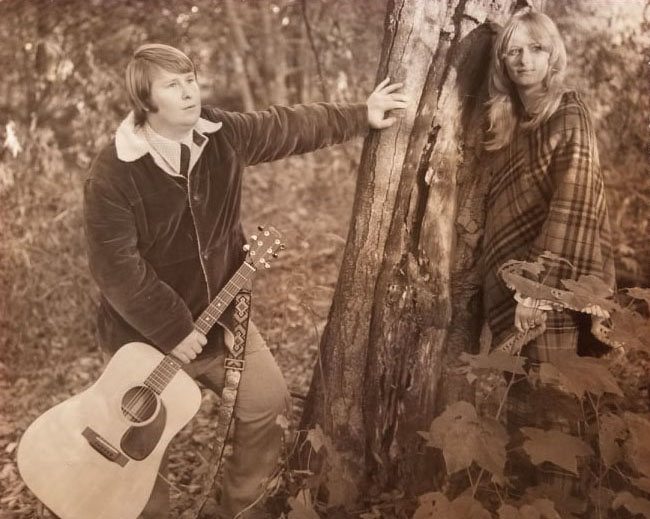

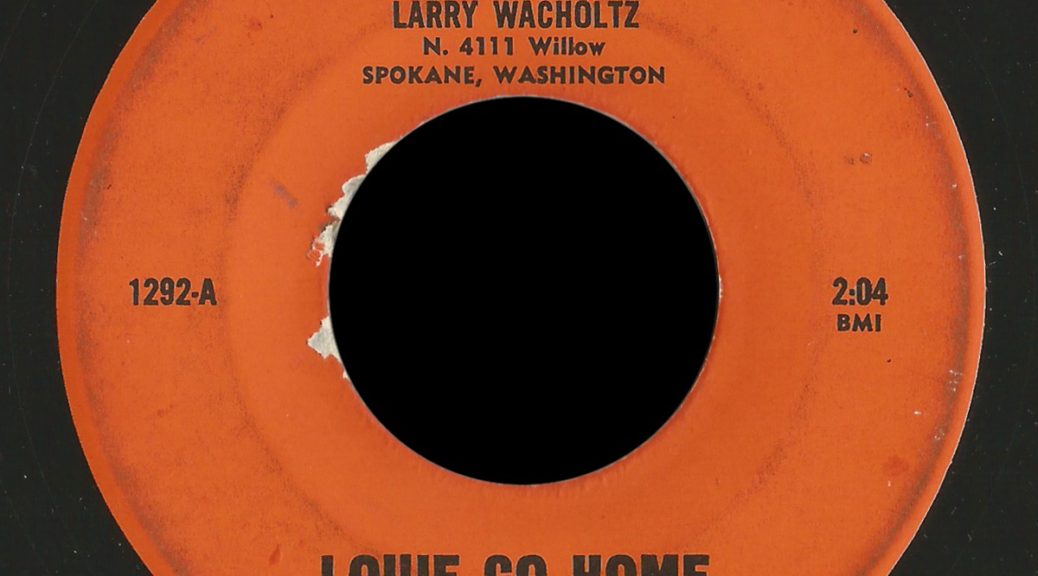
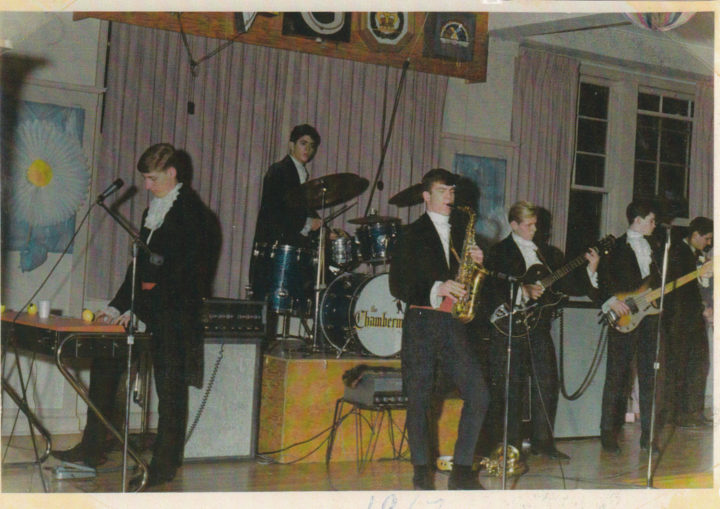
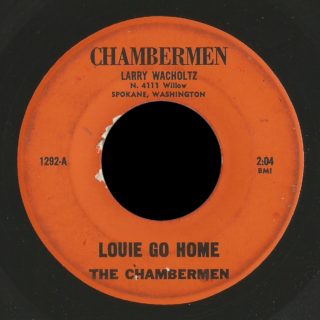
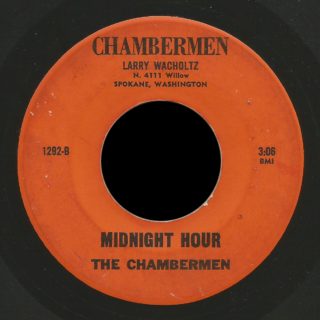
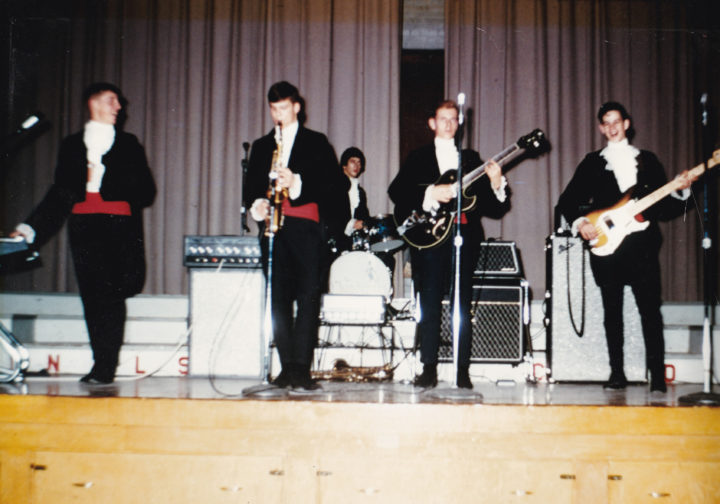
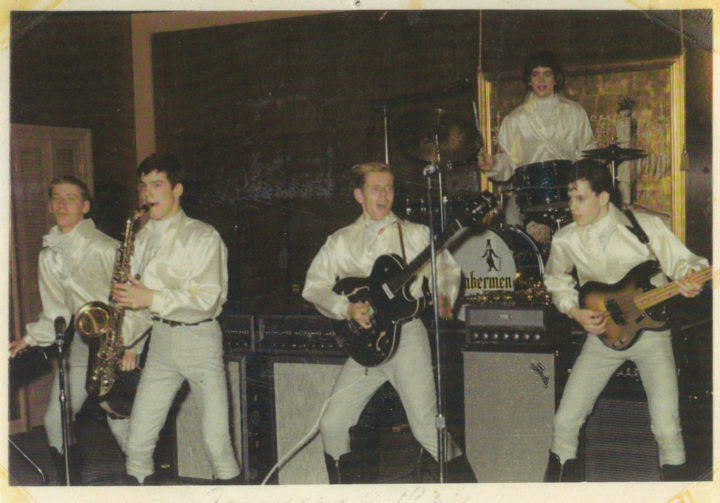
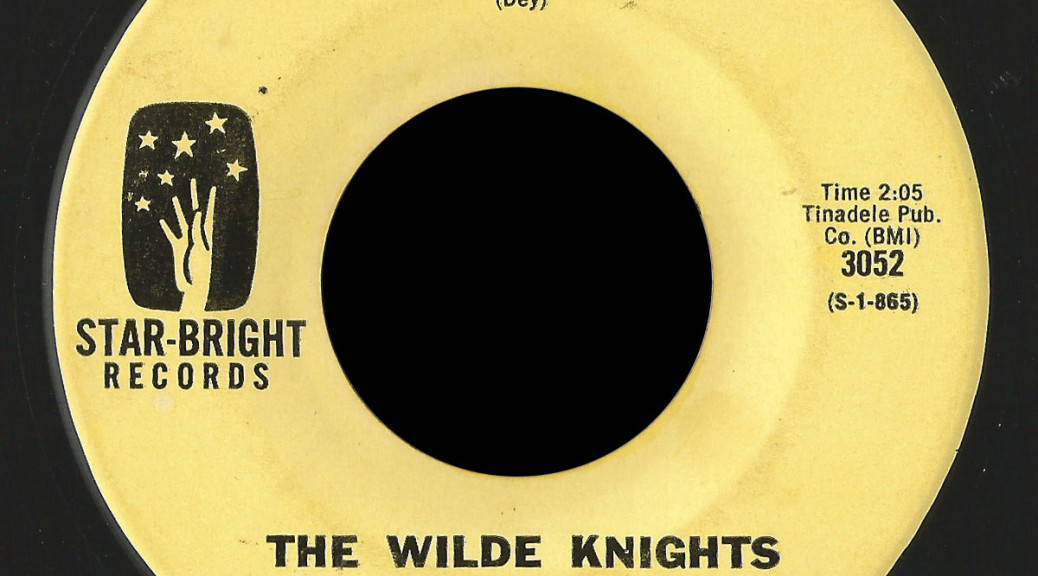
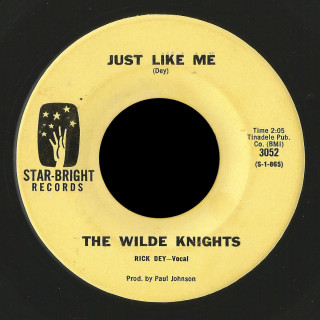
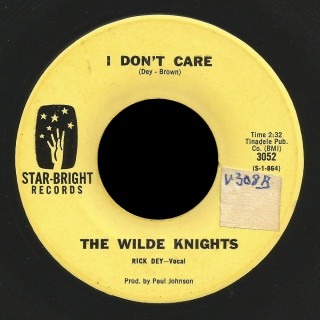
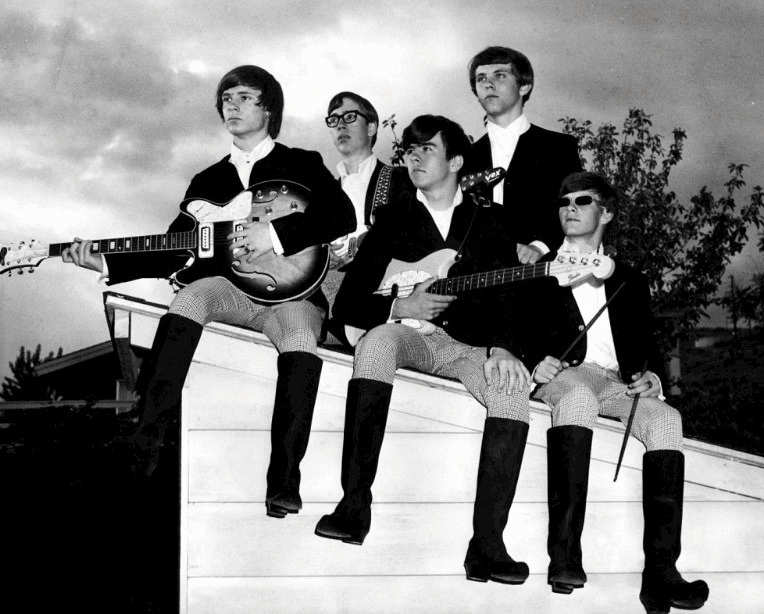
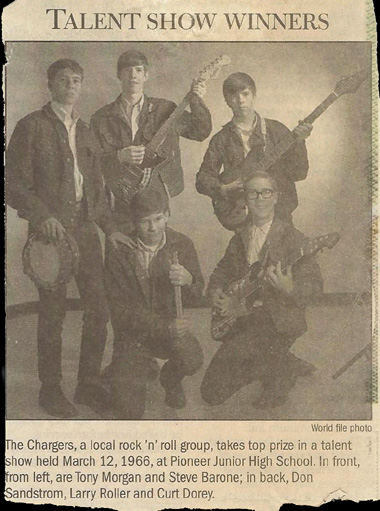

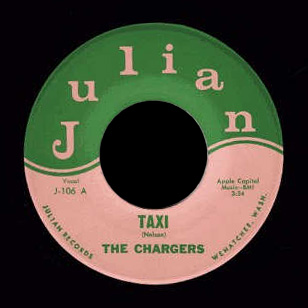
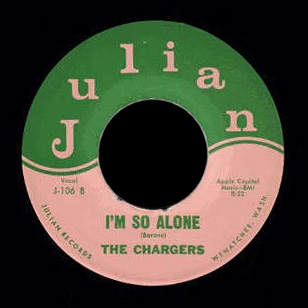 When the Chargers decided to record our first single, we already had “Taxi” on our playlist. But we needed a “B” side. So I remembered Carl’s song. I played it, and everybody liked it right away … and we ended up recording it. I never gave Carl credit for it though, and always felt a little bad. I didn’t see him much so I never knew if he was upset about me claiming his song. I did refine the lyrics but the music is all Carl.
When the Chargers decided to record our first single, we already had “Taxi” on our playlist. But we needed a “B” side. So I remembered Carl’s song. I played it, and everybody liked it right away … and we ended up recording it. I never gave Carl credit for it though, and always felt a little bad. I didn’t see him much so I never knew if he was upset about me claiming his song. I did refine the lyrics but the music is all Carl.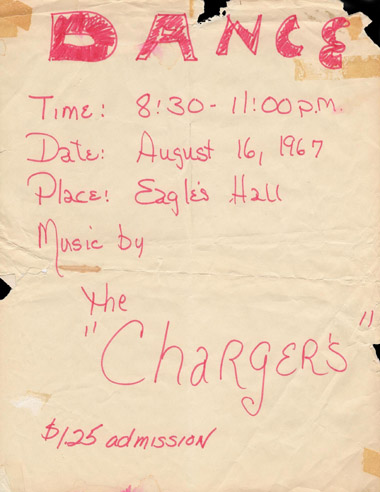


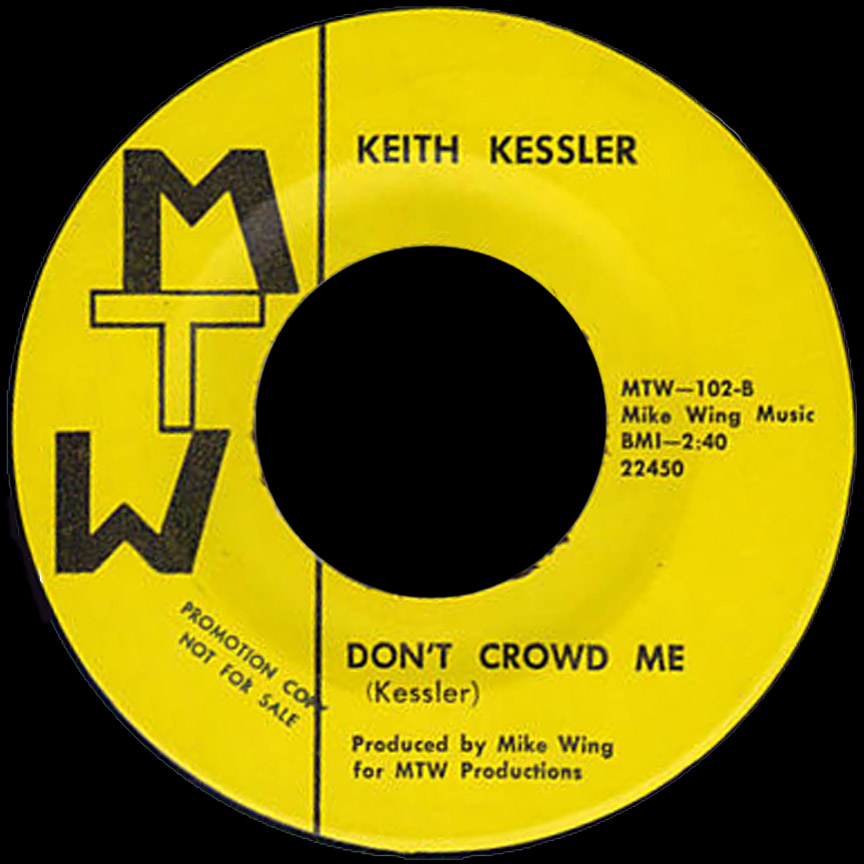 Keith Kessler’s “Don’t Crowd Me” is an anthem to garage-punk fans, with a sound to match the intensity of the lyrics: “Inside looking out, got no place to shout … I’m locked inside this place, problems I can’t face, I’m getting out breaking free … don’t crowd me! / My soul is cramped and bare, there’s freedom I can’t share … my independence crushed, don’t crowd me, give me air, give me time …”
Keith Kessler’s “Don’t Crowd Me” is an anthem to garage-punk fans, with a sound to match the intensity of the lyrics: “Inside looking out, got no place to shout … I’m locked inside this place, problems I can’t face, I’m getting out breaking free … don’t crowd me! / My soul is cramped and bare, there’s freedom I can’t share … my independence crushed, don’t crowd me, give me air, give me time …”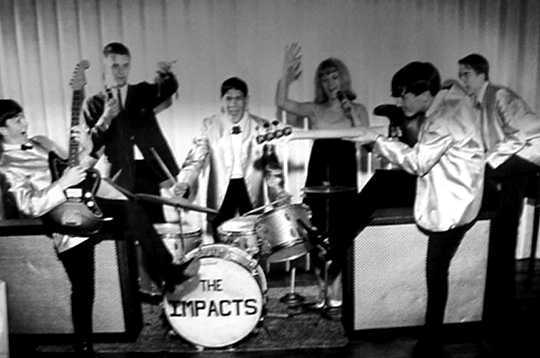
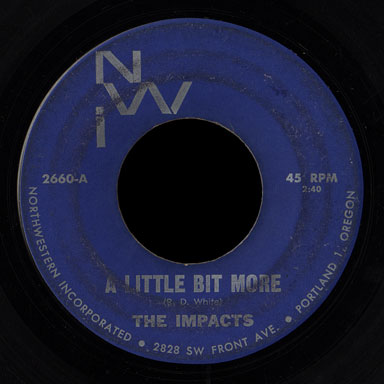
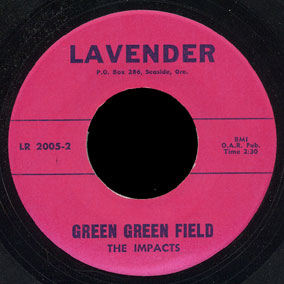 Once signed with Pat Mason, the Impacts started releasing records on his Lavender label, and recording at Bob Gibson’s Ripcord Studio in Vancouver, WA.
Once signed with Pat Mason, the Impacts started releasing records on his Lavender label, and recording at Bob Gibson’s Ripcord Studio in Vancouver, WA.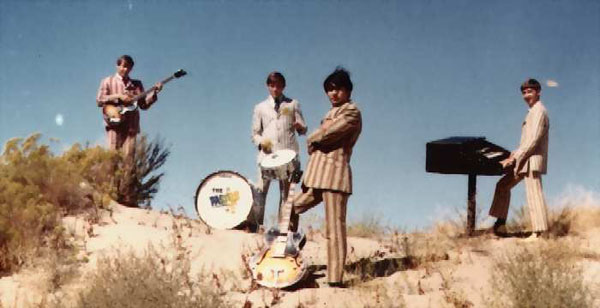
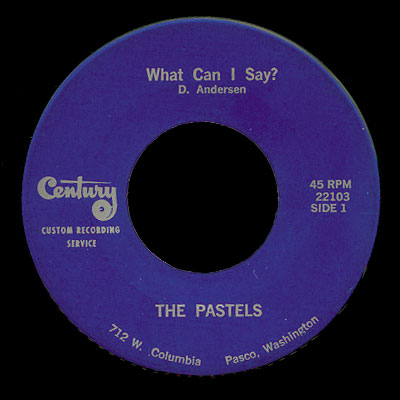 From Pasco in south eastern Washington State, near Kennewick and the Oregon border, the Pastels formed in 1964. Original members were:
From Pasco in south eastern Washington State, near Kennewick and the Oregon border, the Pastels formed in 1964. Original members were: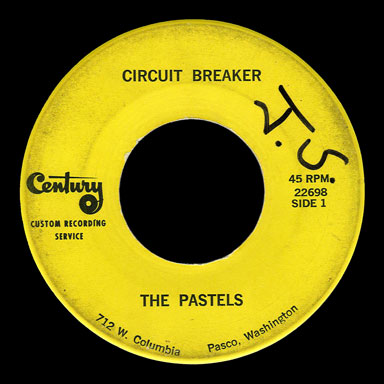 The first of these is the upbeat “Why Don’t You Love Me” b/w the slower “What Can I Say”. It did well enough locally to have a second pressing. Their second 45 was “Circuit Breaker”, demonstrating a darker sound, probably influenced by other Northwest acts like the Sonics.
The first of these is the upbeat “Why Don’t You Love Me” b/w the slower “What Can I Say”. It did well enough locally to have a second pressing. Their second 45 was “Circuit Breaker”, demonstrating a darker sound, probably influenced by other Northwest acts like the Sonics.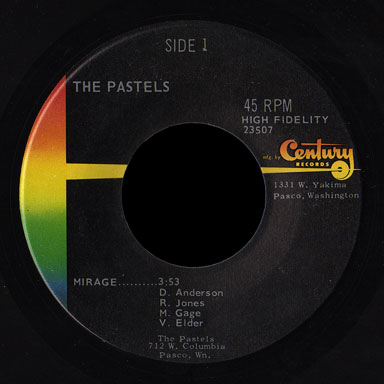 Frank Hames wrote on PNW bands.com:
Frank Hames wrote on PNW bands.com:
